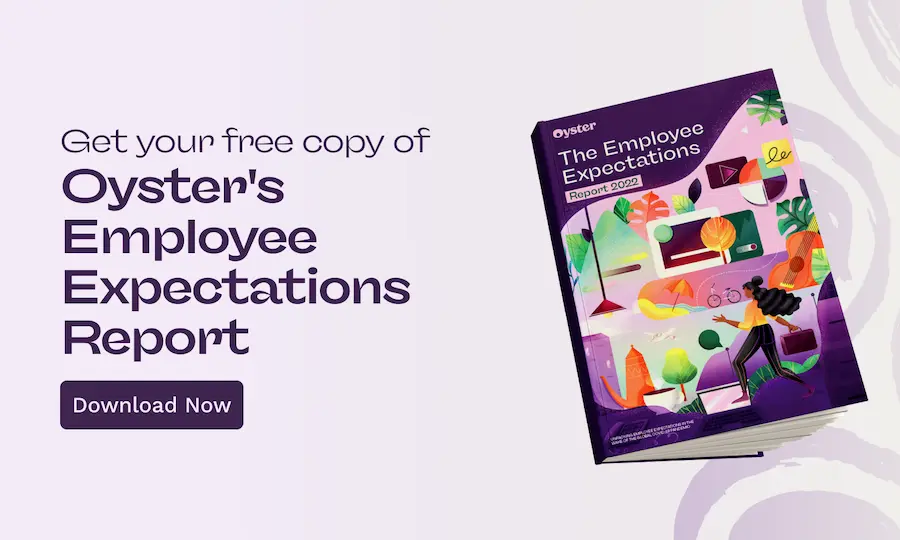Whether your team is working from home due to the pandemic, or you’re fully distributed, remote work hasn’t come without its backlash on employee mental health.
Due to long hours online, disconnection from coworkers, and substandard work set-ups that can strain the body, mental well-being is waning for remote workers.
Luckily, there are practical ways to address these health risks to ensure optimal health on and off the clock.
Let’s dig in.
How working from home can directly affect employee mental health
Working from home can take a toll on remote workers’ mental well-being, with loneliness from social isolation, stress, and sleep problems being leading concerns.
Even before the start of the pandemic, remote employees’ mental health was iffy.
A study by Buffer found that 22% found it difficult to unplug after work, 19% suffered from loneliness, and 8% had difficulties staying motivated.
COVID-19 only exacerbated these issues, while presenting more simultaneously.
Research from the Royal Society of Public Health found that 67% of people feel less connected to colleagues, 59% feel more isolated from coworkers, and 56% found it harder to switch off after moving to working from home due to the pandemic. The same study also found that 37% of respondents had sleep problems.
Practical tips to help employee mental health

By picking up some healthy habits, remote workers can successfully circumvent any potential mental health risks that may arise. Tips include to:
- Exercise regularly. Exercise reduces stress hormone levels, while also stimulating endorphins, the body’s mood-boosting chemicals. Try a daily walk, lunchtime yoga, weeding your garden, or group exercises.
- Have a routine. Humans are creatures of habit. So, having a routine can promote optimal health and wellness through structure. This 30-minute morning routine for a stress-free day is recommended by psychologists and health experts.
- Make use of employer mental health services. If your team has a monthly health and wellness or mental health stipend, encourage them to use it! Provide them with tips on finding a mental health provider.
Physical health problems also play a role in employee mental health
Stressors to the physical body can also have a toll on employee mental health and well-being.
The most common physical health ailment that’s scientifically proven to have a direct correlation with decreased mental health is musculoskeletal pain. (It often arises from a combination of poor desk set-up, an unsupportive chair, and lack of movement.)
In an Italian study published in the International Journal of Environmental Research and Public Health, 41.2% of remote workers reported low back pain, while 23.5% reported neck pain. Moreover, half of participants said their neck pain worsened since working from home.
Unsurprisingly, these home workers suffering with musculoskeletal pain reported lower job satisfaction. They were also found to have an increased risk for mental health problems.

Home workers suffering with musculoskeletal pain were found to have an increased risk for mental health problems.
Even though the study was small (51 participants), it poses concerns for those trying to minimize health risks from remote working while staying safe at home.
Similarly, eye strain is also a common complaint of remote workers, due to sustained focus on screens. Computer Vision Syndrome can cause symptoms such as headaches, blurred vision, dry eyes, and neck and shoulder pain.
Practical tips to help physical well-being
Encourage employees to alleviate physical pains by doing the following:
- Have a healthy work set-up. In a home office or workspace, it’s essential to have a standing desk to encourage movement, water nearby at all times to stay hydrated, an ergonomic chair, and an elevated computer.
- Move regularly. Even with regular exercise off the clock, sitting for long periods can increase risk of death from cardiovascular disease and cancer. Take a break from sitting every 30 minutes.
- Reduce screen time. Those who use a computer for more than six hours a day are more likely to experience moderate to severe depression. So, reduce screen time. For example, instead of sitting down and having a video meeting, opt for call only, and take a walk during it to get some exercise in.
- Stick to defined work hours in a designated work environment. Whether your team works flexible hours or a fixed 9-to-5 schedule, stick to the schedule and encourage them to keep a designated work environment—home office, corner in the house, etc. Avoid computer usage before and after hours.
- Practice the 20-20-20 rule. Every 20 minutes, stare at something 20 feet away for 20 seconds. Also, blink more often when at the computer.
- Adjust the monitor and screen settings. The computer screen should be at or just below eye level. Make the font larger for easier reading, and adjust the screen’s brightness and contrast as needed.
- Check the lighting. For extra light, it’s better to use an adjustable desk lamp, close curtains and blinds, or put an anti-glare cover over the screen. Glare from fluorescent lighting, sunlight, and overhead lights can make it difficult to read computer screens.
Encourage your remote team to be healthily proactive
Increased levels of stress, feelings of isolation, sleep problems, musculoskeletal pain, and eye strain are just a handful of the health problems that can damage employee mental health.
Nevertheless, acknowledging they’re happening is the first step to recovery.
Encourage your remote team members to give themselves the time and space to understand when their physical and mental well-being may be waning. Also, ask them how they’re feeling.
From there, you’ll be able to work out a solution that’s mutually beneficial for all parties involved while still allowing a healthy work-life balance.
For tips on how to keep connected while working remotely, check out Best tips for fighting isolation while working remotely
About Oyster
Oyster is a global employment platform designed to enable visionary HR leaders to find, hire, pay, manage, develop and take care of a thriving global workforce. It lets growing companies give valued international team members the experience they deserve, without the usual headaches and expense.
Oyster enables hiring anywhere in the world with reliable, compliant payroll, and great local benefits and perks.






.webp)






